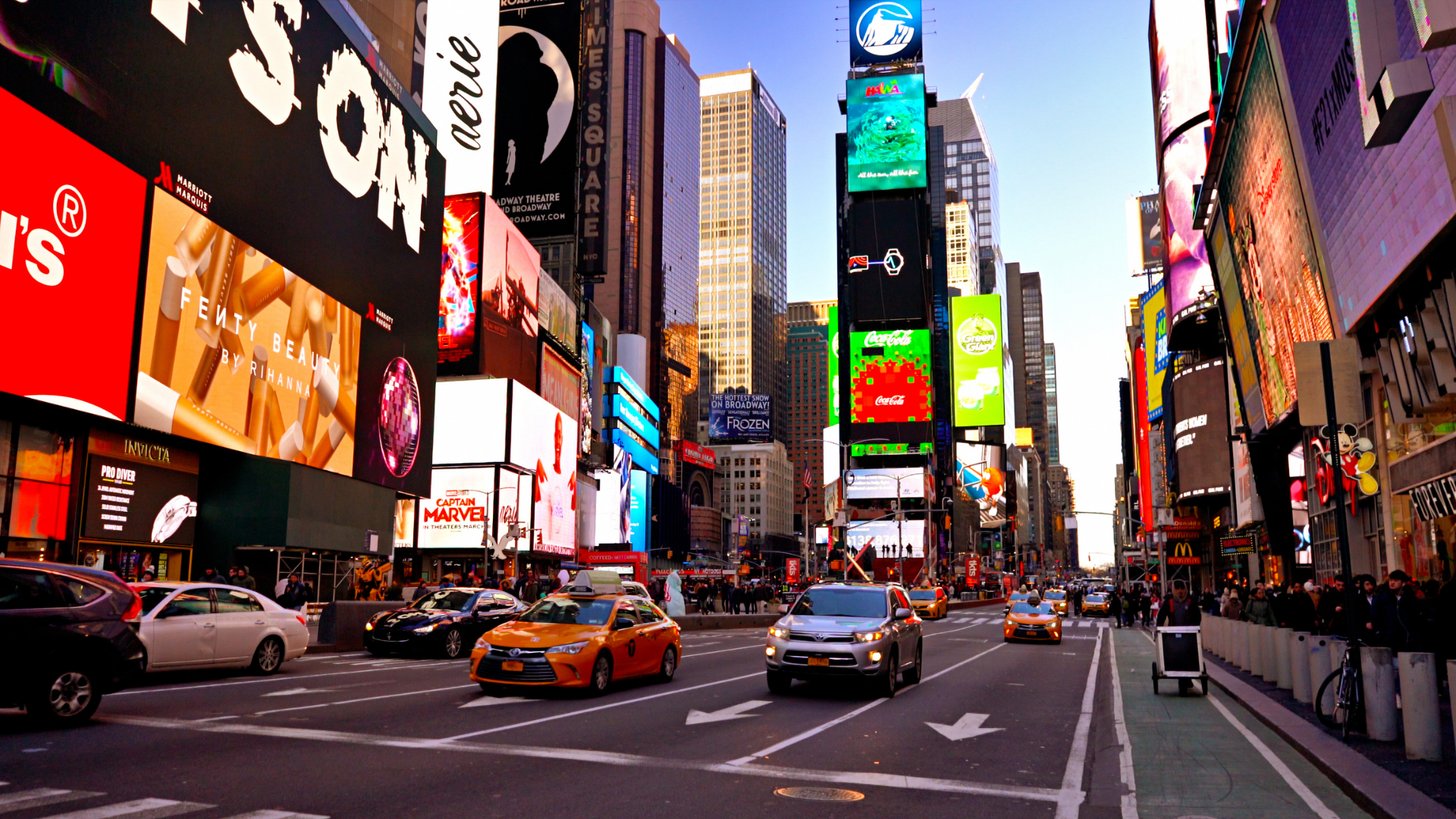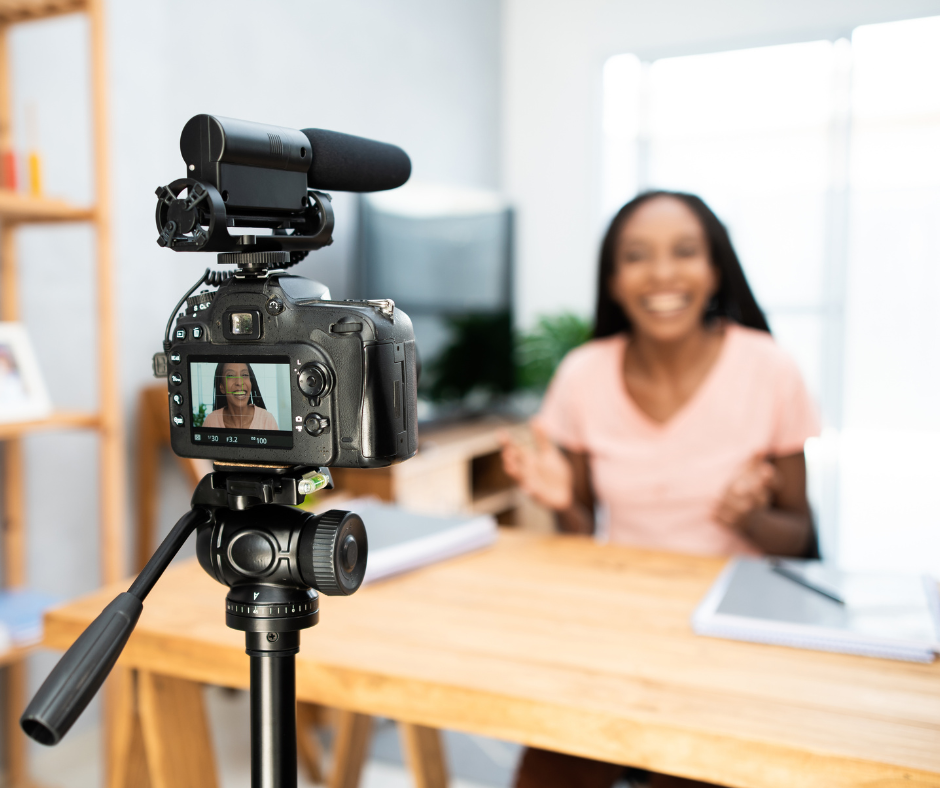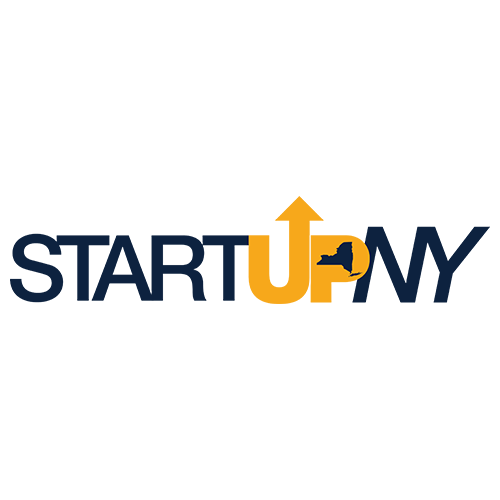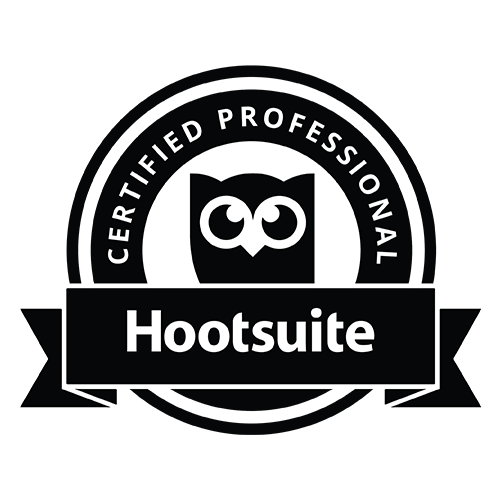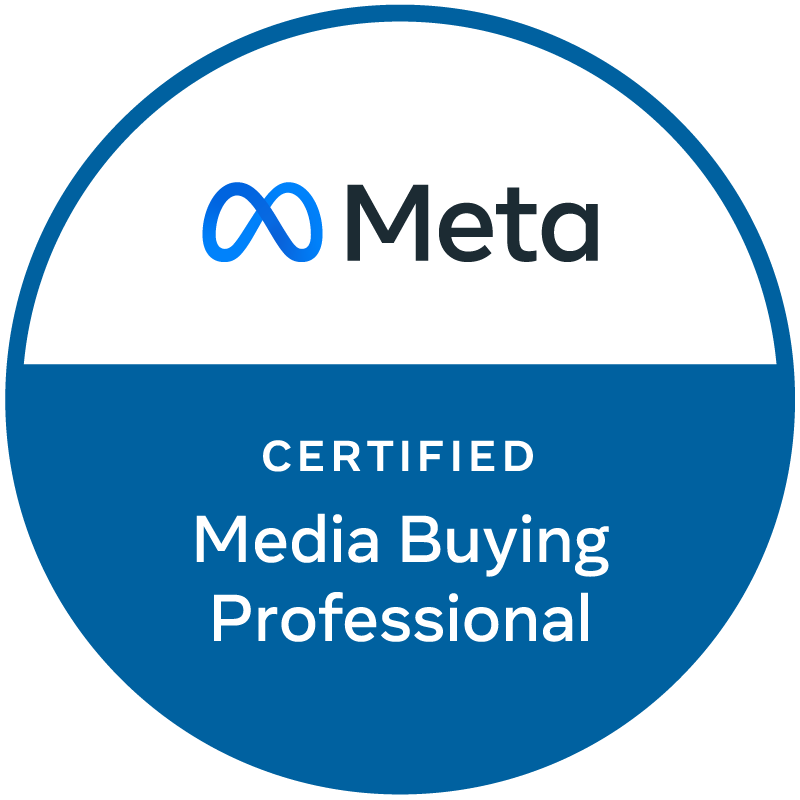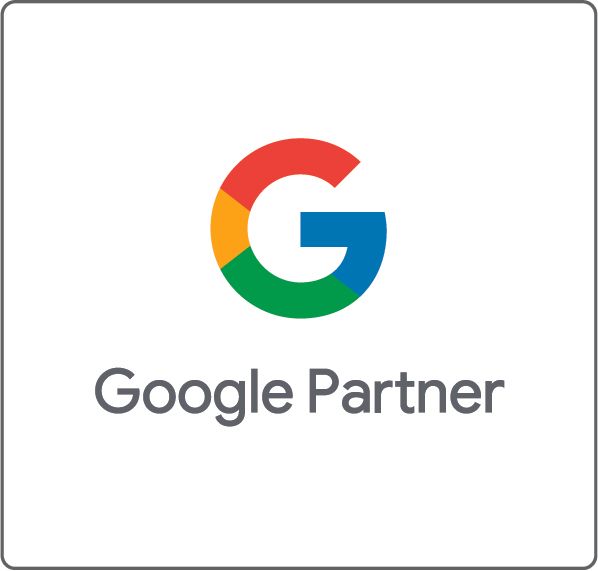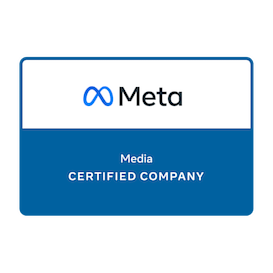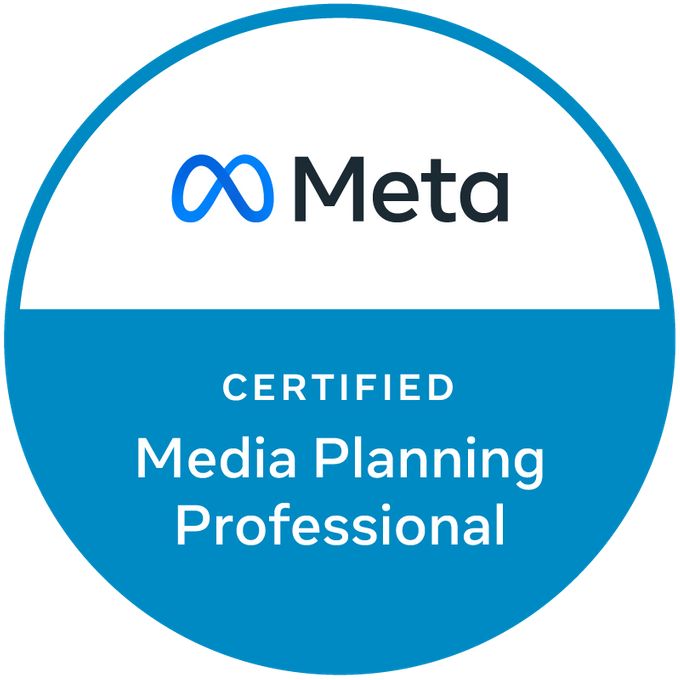WhatsApp for Marketers
What is WhatsApp?
WhatsApp is a messaging platform acquired by Facebook in 2014. The platform allows users to text and share media such as photos, voice messages and videos with other individuals or groups. WhatsApp uses data to send messages, so communication does not require the use of an SMS text messaging plan. WhatsApp also offers heightened security and privacy to users with end-to-end message encryption. The app is estimated to have 1.5 billion users worldwide and has the most popularity in India.
When WhatsApp was first launched, it was free to use for (1) year and required a $0.99 annual subscription after that. In 2016, the service changed their revenue model and WhatsApp became a free service. Now, as expected, WhatsApp will roll out advertising options as their primary way to generate revenue and monetize the platform.
WhatsApp for Business
In addition to the original WhatsApp app, they also offer an option for small business owners. Previously available as a beta only, we can expect that WhatsApp Business will be more widely available in 2019 based on announcements at this years’ F8 conference (insert hyperlink). Facebook states that WhatsApp Business was designed with small to mid-size businesses in mind. Personal WhatsApp profiles and business WhatsApp profiles will be available to users simultaneously, as long as personal phone numbers and business phone numbers are not the same.
WhatsApp Business profiles will have the ability to display business information such as address, hours, website, contact information and more. WhatsApp Business profiles will also have the ability to “quick reply” to save time when responding to common questions from customers.
In addition to quick replies, business profiles will receive customized automated responses so they can let customers know when they will be back online to answer their questions. Business profiles can also organize customers who contact them via the app with contact labels.
WhatsApp for Digital Marketing Campaigns
Facebook ads manager offers advertising campaigns that direct to WhatsApp for accounts that are connected with a WhatsApp Business profile. When an ad is created on an account that is connected to a WhatsApp Business profile, the option for a “Send WhatsApp Message” appears. This call to action button displays on the ad with a WhatsApp logo.
There are rumors that advertisements will also find an in-app placement alongside the new “WhatsApp Status” feature which behaves in a way similar to Instagram and Snapchat stories. Advertisers have had success with these “quick” mediums, and they continue to evolve into a preferred method of sharing content for many Instagram and Snapchat users.
WhatsApp for Chatbots
WhatsApp can be used similarly to Facebook messenger for chatbots (link to chatbot blog). Chatbots can be effective for answering common questions and act as a funnel for leads and sales conversions. For example, sending a message to Fandango on Facebook signals the start of a chat bot conversation and leads the user to look at movie times in their area.
While What’s App is not yet the most popular messaging app in the United States , marketers should be paying attention to the app’s growth. Repurpose existing creative, and run a test campaign to see if your audience is on WhatsApp!
Looking to add new elements to your digital marketing campaigns? Contact us today to get started!




